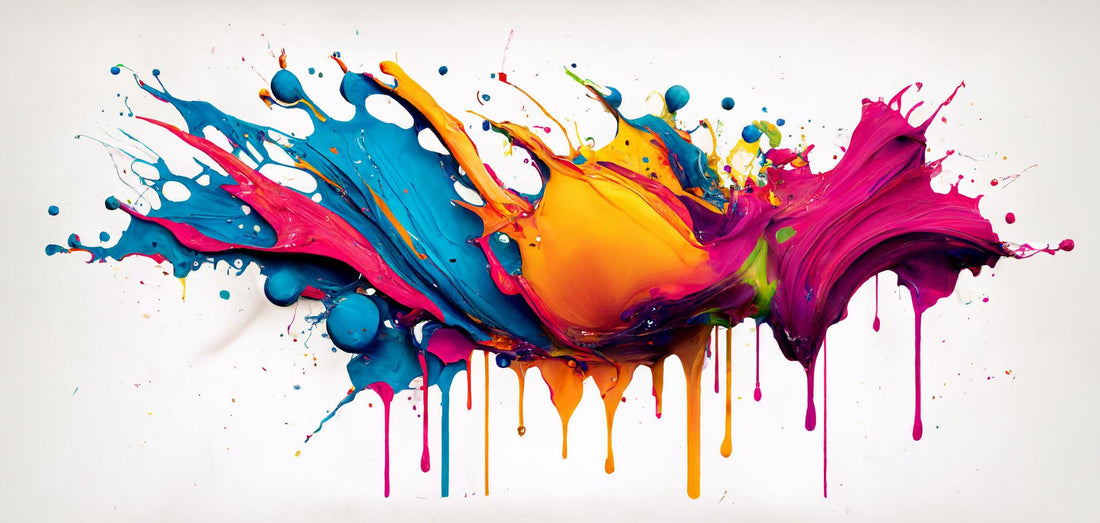
Unlocking the Power of Color: How Color Theory Shapes Art and Design
Daniel WroblewskiShare
Color theory guides creatives in their choice of colors and helps them to create aesthetically pleasing and harmonious compositions. To achieve this goal, creators use a range of concepts and principles, such as the color wheel, color harmony, color temperature, and color psychology. The ideas that underpin color theory are intriguing and require a thorough understanding to create the most effective and alluring visual communication possible.
The color wheel is the foundation of color theory, providing a comprehensive guide to primary, secondary, and tertiary colors. Creators rely on a careful balance of complementary, analogous, and monochromatic colors to achieve color harmony, which is essential for achieving an aesthetically pleasing result. Creators can also use color temperature to create specific moods and emotions in their designs. Warm colors, such as red, yellow, and orange, evoke energy and passion, while cooler hues, like blue, green, and purple, are associated with serenity, calmness, and stability.
Color psychology examines how color affects human behavior and emotions. Creators can use this knowledge to tailor their compositions to evoke specific emotions and behaviors in their audiences. Colors can have a wide range of psychological effects on people, with red associated with passion and energy, while blue is associated with calmness and serenity.
Throughout history, color theory has profoundly impacted the world of art and design. The Impressionist movement in art, characterized by the use of bright, vibrant colors and an emphasis on capturing the effects of light and atmosphere, used color theory to create the illusion of light and movement in their paintings. The Bauhaus school of design, known for its emphasis on functionality and simplicity, used color theory to create visually appealing and functional designs. Finally, the modernist movement in art and design, characterized by a rejection of traditional forms and a focus on abstraction and simplicity, used color theory to create minimalist yet visually striking designs.
Today, color theory remains a vital part of the designer's toolkit. Creators use color theory to create logos, branding, websites, and other visual communication materials that are visually captivating and effective. With a thorough understanding of the color wheel, color harmony, color temperature, and color psychology, creators can create designs that not only appeal to the eye but also have the power to evoke specific emotions and behaviors in their audiences.
In conclusion, color theory is a complex and multifaceted discipline that requires a deep understanding of its concepts and principles to create the most aesthetically pleasing and practical visual compositions. By mastering the concepts of color theory, creators can unlock the full potential of color in art and design and create truly extraordinary compositions.
